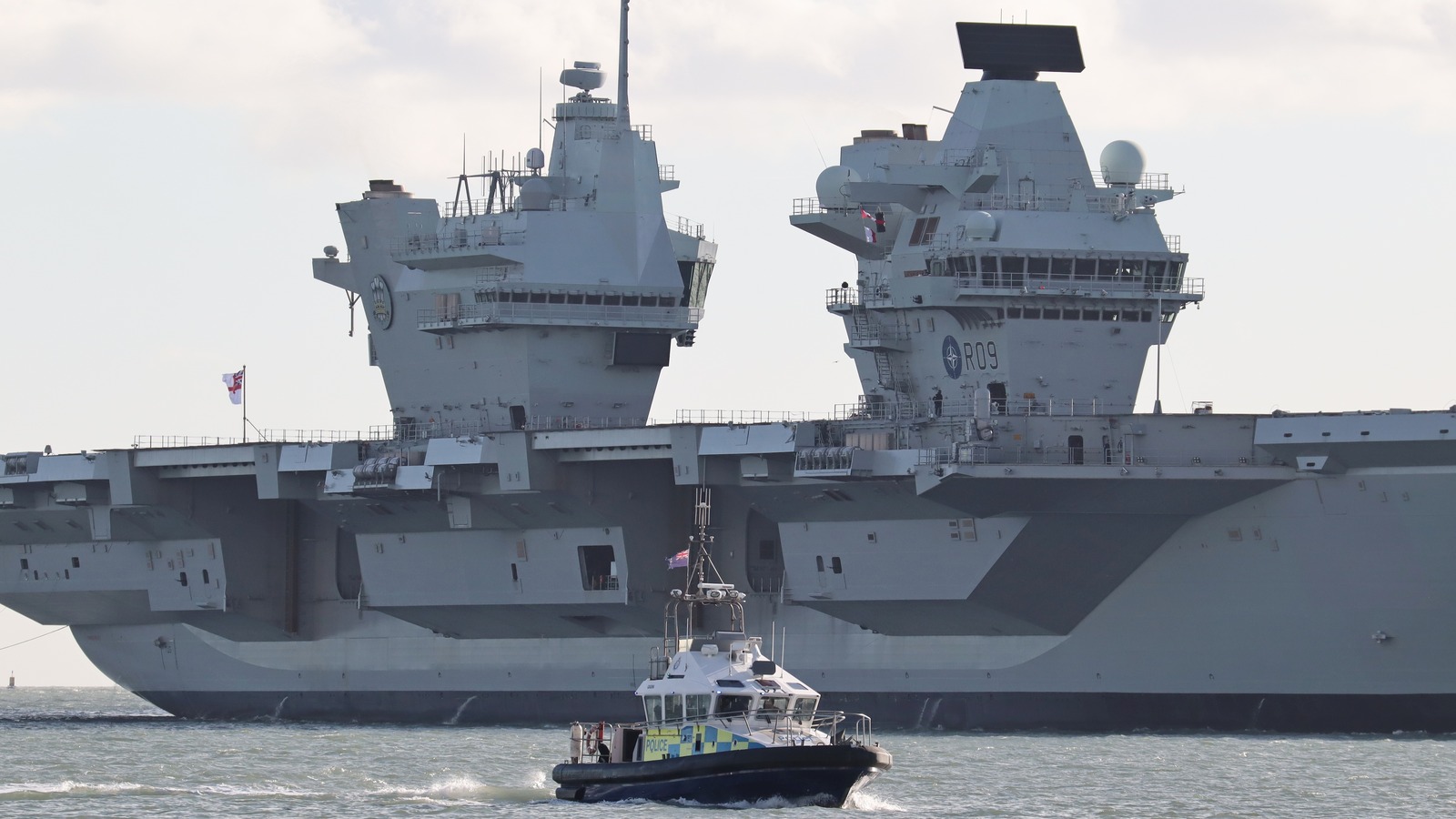
Ultimately, the British developed a simple yet ingenious approach: two separate islands with independent exhaust and air intake systems. The two smaller islands have several advantages over a single large island, including reduced wind turbulence.
The two islands have a smaller combined footprint than a single large island, freeing up space on the flight deck and allowing each unit to be fully constructed off-site. Finally, powerful radar systems can be mounted to each island, reducing the interference that would be present if the radars were mounted closer together in a shared space.
If there are any drawbacks to this design, it’s that navigation is typically handled from the front island, and aircraft operating is handled from the rear island. Since a joint effort between the two is often required during missions, communication that previously would have been in-person is now carried out via heavy reliance on an intercom. Some aircraft carrier enthusiasts opine that the two islands detract from a carrier’s good looks, but that may simply be a matter of getting used to.
To date, two Queen Elizabeth-class carriers are employing this innovative approach. The lead ship HMS Queen Elizabeth and the later HMS Prince of Wales, were commissioned in 2017 and 2019, respectively. Besides the dual islands, other crew facilities include a cinema, five gyms for exercise, and four galleys with a staff of 27.
Stay connected with us on social media platform for instant update click here to join our Twitter, & Facebook
We are now on Telegram. Click here to join our channel (@TechiUpdate) and stay updated with the latest Technology headlines.
For all the latest Automobiles News Click Here
